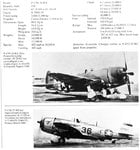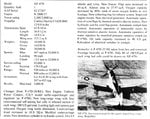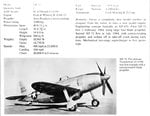drgondog
Major
"Even the 8th AF jugs were far below the air to air ratio of the Mustang over Europe. Ditto 9th and MTO."
I don't have those ratios but IIRC the Jug shot down more German planes than any other type - at least for the Americans. So the ratio couldn't have been that bad. A lot pilots became aces in the Bolt, including those who later switched to Mustangs.
The Jug ratio wasn't 'thAt bad' but it was 2/3 the Mustang ratio.
The Mustang was barely outscored air to air by the F6F but that includes only the totals for USAAF and USN. It is possible that RAF totals would alter the standings - the P-51 had the same air to air totals as the P-38 and P-47 combined. In the grand scheme of things the Mustang destroyed more Axis aircraft (air and ground) than any other fighter... and the P-47 was far behind the P-51
"The Jug was out rolled by the Fw 190 below 350mph and the Fw 190 was about as fast"
Gotta keep your speed up!
Harder to do at low to medium altitudes where this particular debate originated..
" - the 109 out climbed (by far) and out turned below 25,000 feet."
Again - maneuver vs energy. I'll take energy every time.
below - the build up..
Attachments
Last edited:





